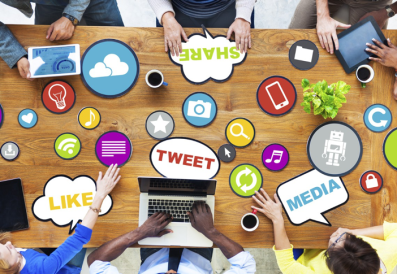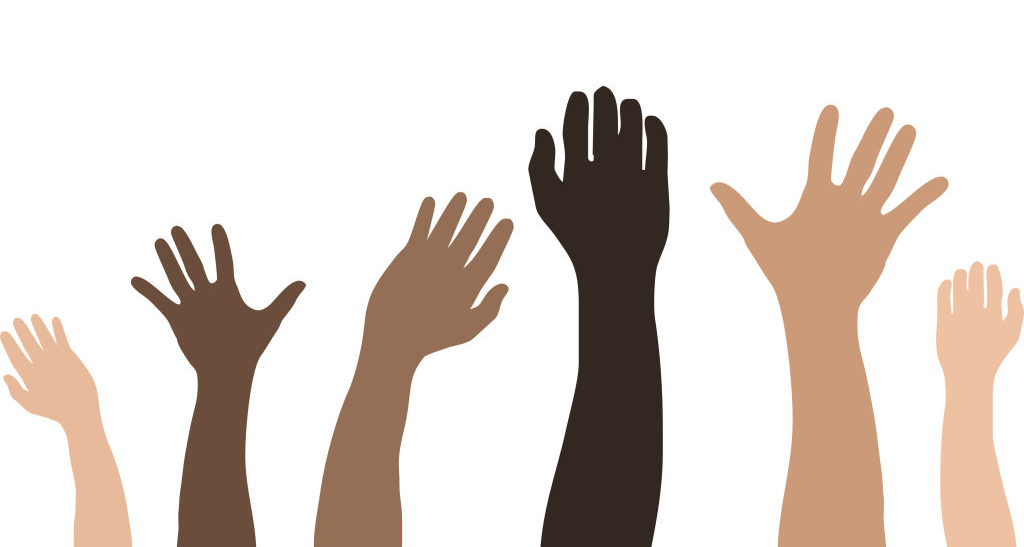Home
Users of the Internet are surrounded and influenced by messages from online platforms telling them how to act, think, dress, speak, and even, what to believe. These messages are transmitted through various platforms such as; television, movies, music, and other online content. In most cases, users do not understand the extent of online influence, and that much of the way they identify, and what they believe in, is formulated through popular culture (Childs, 2014).
“Young people should think critically about their media choices and reflect on the degree that they shape their identity” (Childs, 2014).

The Bright Side of the Internet
With the abundance of media platforms, websites, and applications, the number of people engaging in online communication on a daily basis is enormous. The Internet can be used to satisfy many different needs, and individuals use the Internet for various reasons. We are able to communicate with others that have access to the Internet across the globe, in ways that are fast and efficient. This helps businesses grow, families to stay connected, and for peers, coworkers, long distance friends, and acquaintances to communicate without difficulty. Through the use of sharing, reposting, and news spreading viral online, people are able to share their thoughts, beliefs, and concerns with others in their online communities. This has allowed for social movements to gain followers and supporters, and for their messages to spread to many at a quick speed. This is incredibly beneficial, as these movements gain momentum and continue to grow at the click of a button.
The Internet and online world is continuing to grow and advance at a rapid rate, and it is often difficult to keep up with the technological growth that our society is enduring. Though the Internet is often used for good, there are negative aspects associated with the online world as well.
The Dark Side of the Internet
Though users may spread positive and uplifting pictures, ideas, music, and other content online, negative messages are being implemented and spread across platforms as well. Online content often reinforces negative stereotypes and ideas that are put in place by society. News articles that are shared and go viral on websites such as Twitter or Facebook often highlight or discuss the issues occurring in the world. As many people do not deal with serious crime directly, they look to online sources for recent news. Issues arise as the spread of news may be coming from a bias source, and may be unreliable as well.
Just because something is online, does not mean it is reliable and truthful, and race, gender, and other classifications of individuals is often manipulated. Women and the female body is often oppressed, sexualized, and objectified to sell a product, idea, or way of life. Whereas men are shown to be strong, dominant, and ultimately superior to women. These ideas affect individuals of all age, gender, and sexuality in tremendous ways, and spread an idealized lifestyle that is socially constructed, and corrupt.
It is crucial to take a step back and consider what we are reading online, and how the ideas and messages are subconsciously affecting our day to day decisions.
Why These Dark Acts Occur
Due to the increase in online communication, our society suffers from a lack of a fundamental form of communication, face to face. Individuals that communicate through online communities are hidden by their screen, allowing the users to say whatever they want. The result of this phenomenon is the emergence of “trolls”.
By using the screen as a shield, members of online communities may feel invisible and untouchable. This is true to a certain extent. There is often backlash that users face when making comments that are rude, racist, socially corrupt, etc., online, but it is minimal, when compared to the confrontation they would face in person. The power of being anonymous is derived from the ability of users to create an online virtual identity, that differs from their real-life selves. Members of online community are able to select their age, ethnicity, entity, gender, etc., thus hiding who they truly are.
“Trolling tends to be thought of as rhetorically baiting others usually into frustration and anger” (Higgins, 2013). The act of trolling is seen throughout various online mediums, and acting as a troll, gives users the opportunity to both harass and participate in hate speech online. Active members of social media encounter Internet trolls everyday, though it is likely they have not noticed this. Negative comments may be posted on a user’s profile, pictures, status update, or can be seen on any post on a timeline. These comments are ultimately inevitable and almost impossible to avoid.

